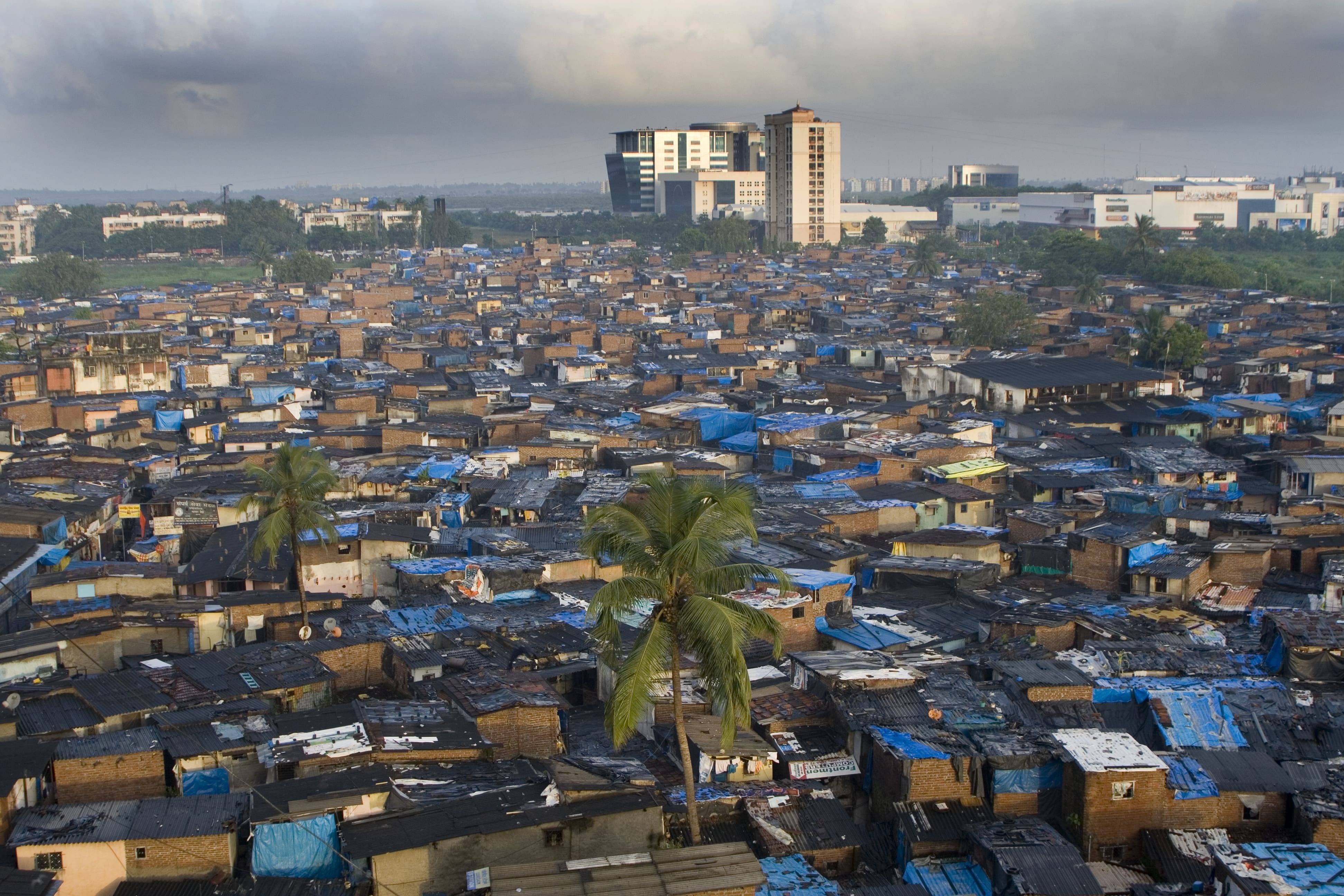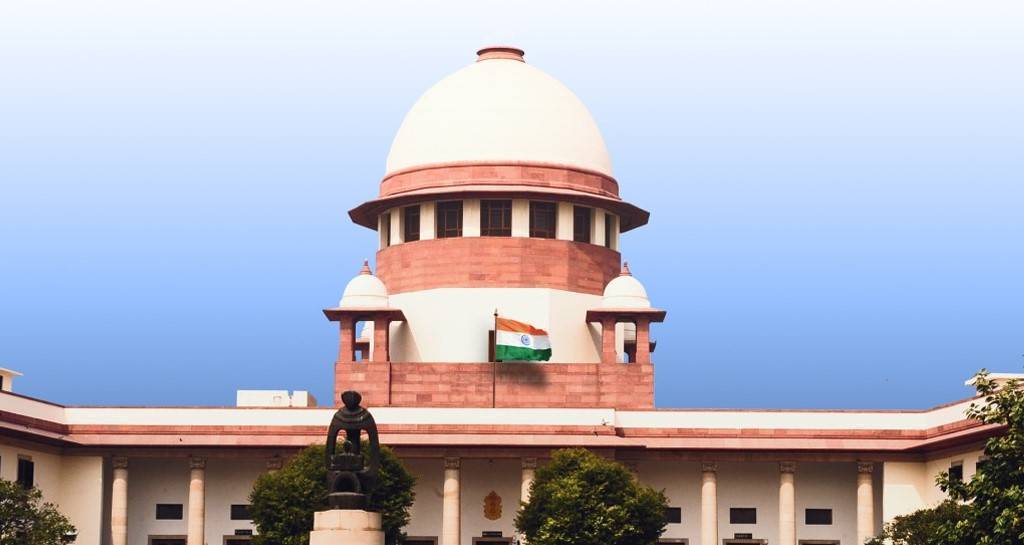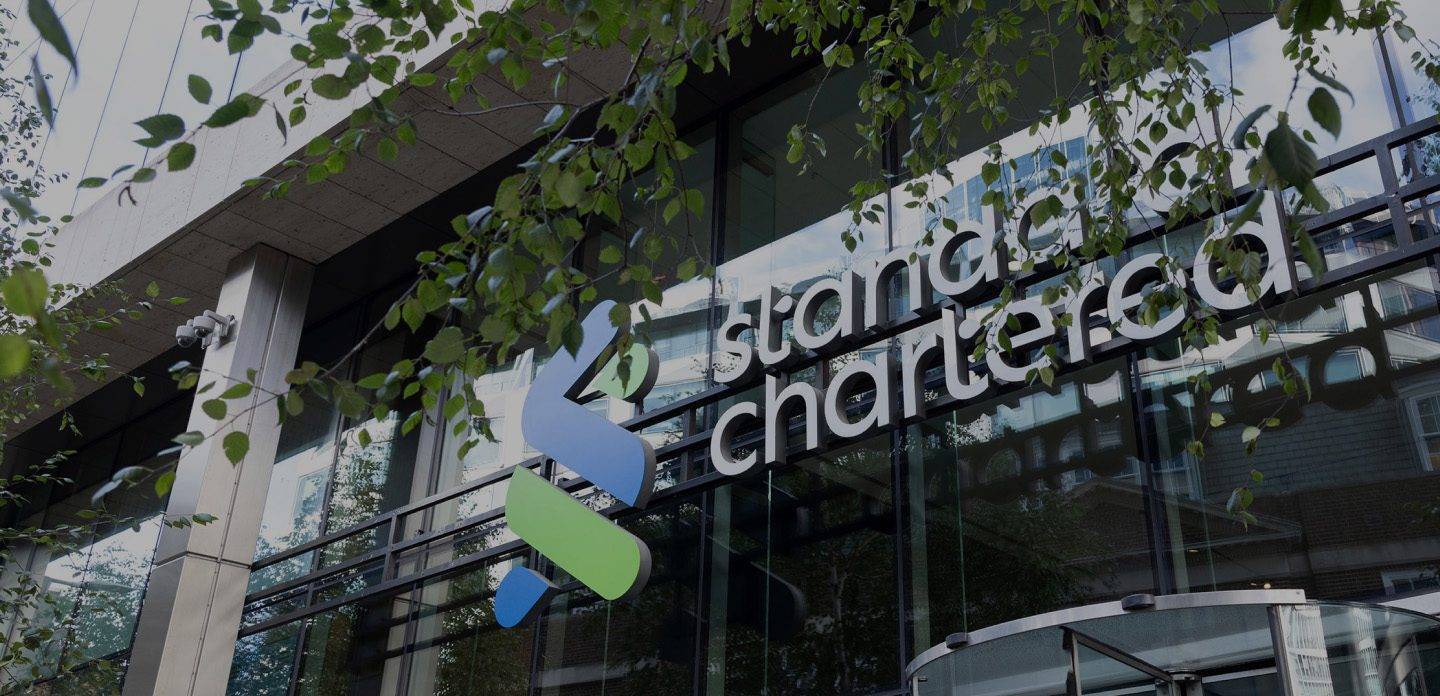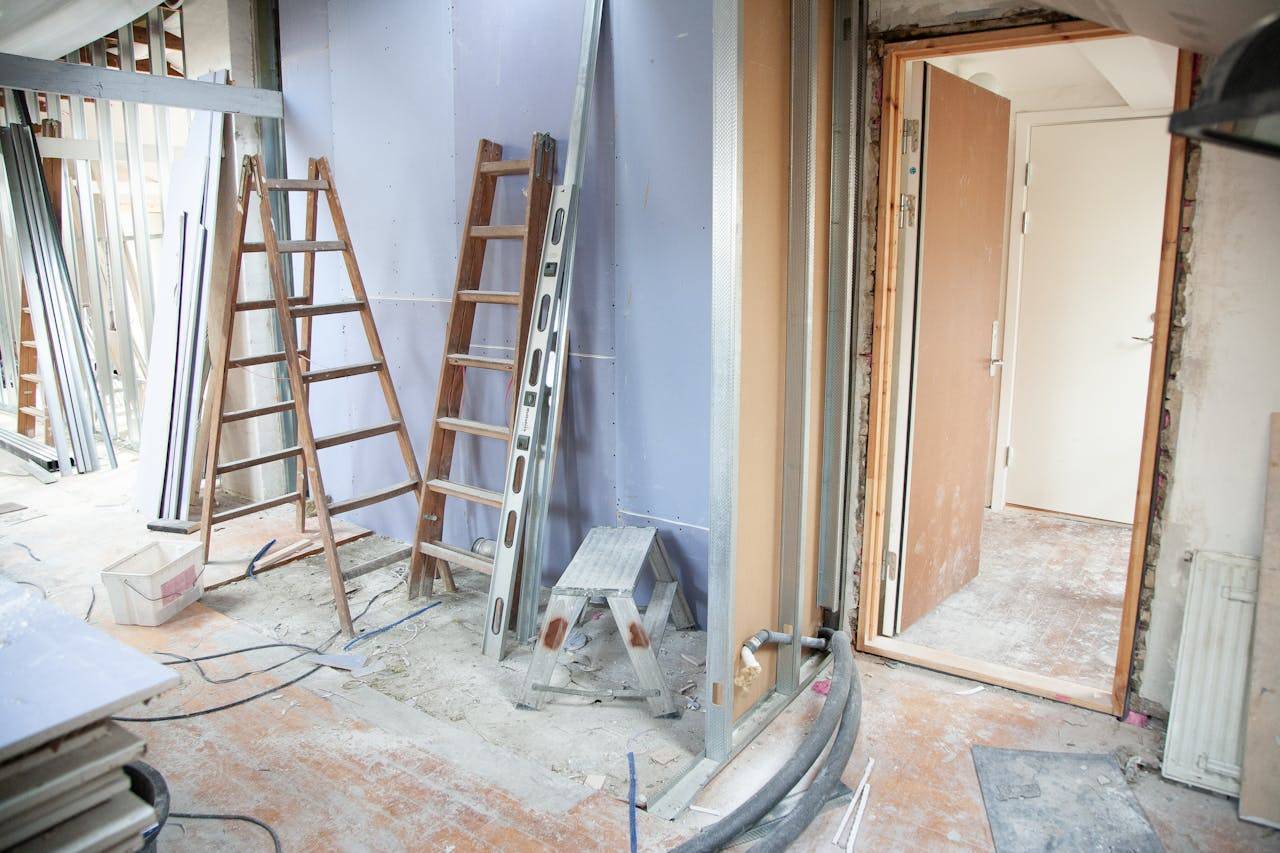Around 15,000 tenement owners in Dharavi face possible exclusion from the redevelopment initiative as the final date for submitting ownership documents ended on April 15. The Dharavi Redevelopment Project, being undertaken by Navbharat Mega Developers Private Limited (NMDPL), a joint venture with the Adani Group holding an 80% stake, requires residents to furnish proof of occupancy or ownership to qualify for alternate housing.
NMDPL, formed specifically to implement this massive urban redevelopment plan, had initially set the document submission deadline for March 31. However, it was extended by two weeks to allow more residents the opportunity to complete the process. Now that the deadline has passed, officials within the Dharavi Redevelopment Project have begun the task of reviewing submissions received until April 15.
As per the officials involved, the verification of documents will now guide the preparation of a draft list known as Annexure-II. This list will include all tenements where household surveys have been completed and documents received. Those tenements for which no documents were submitted will be marked under the “documents not received” category. According to internal communication from DRP’s survey teams, this category may lead to disqualification unless there is a policy change permitting late submissions in exceptional cases.
Individuals responsible for the ground survey clarified that anyone who did not participate in the household survey or failed to communicate their willingness to be included might be treated as occupants of unauthorized tenements. These cases will be reviewed under existing regulatory provisions, and their eligibility for rehabilitation housing will likely be denied, unless a later intervention provides an opportunity for inclusion.
So far, officials reported that nearly 100,000 structures in Dharavi have been physically mapped. Of these, about 94,500 have been issued unique identification numbers, and approximately 89,000 have been digitally recorded. The household-level survey work has been completed for nearly 70,000 tenements. The data collected through this process has been essential in determining the identity, occupancy status, and legitimacy of claimants to the redevelopment benefits.
It was also stated by members of the survey coordination team that tenements not yet covered in the survey process will not be prematurely labeled as illegal. Instead, the department will refrain from assigning a specific category to such cases until further steps are taken. However, the message is clear that participation in the survey and timely submission of documents is central to establishing eligibility.
Survey teams continue to operate in parts of Dharavi where structures have been numbered but resident-level data is still incomplete. This is being done to ensure that eligible tenement owners who are willing to cooperate are not left out of the process due to logistical delays. Despite the end of the official submission deadline, door-to-door surveys will persist in these limited areas until data capture is complete.
The Dharavi Redevelopment Project functions as a dedicated unit under the Slum Rehabilitation Authority and is responsible for executing what is considered one of the largest urban redevelopment efforts in the country. The aim is to provide secure housing and upgraded infrastructure to the current residents of Dharavi. However, the project is dependent on the participation of residents, as without proper documentation and survey data, tenement claims cannot be verified or included in the housing allocation plans.
Officials engaged in the verification process have noted that the government’s position continues to be one of broad inclusion. Still, administrative timelines must be adhered to in order to maintain project momentum and transparency. The list being prepared now will serve as the basis for identifying eligible residents who will be provided alternate accommodation once the construction phase begins.
While the redevelopment project is being positioned as a step forward in urban planning and housing reform, it remains to be seen how many households ultimately qualify. With around 15,000 tenements potentially excluded, future decisions on late submissions and appeals could significantly influence the overall inclusiveness of the initiative.
Image source- adani.com









.png)